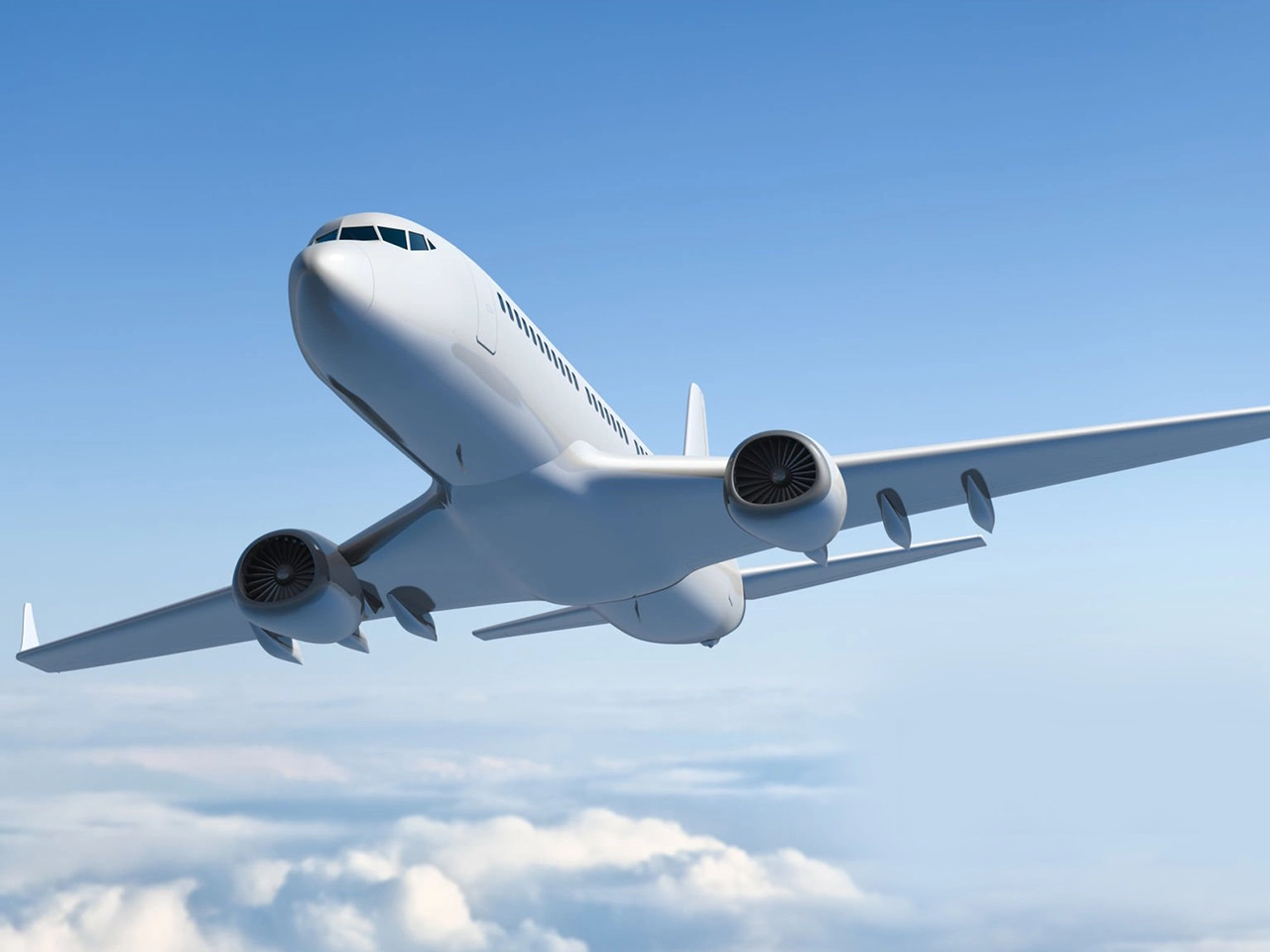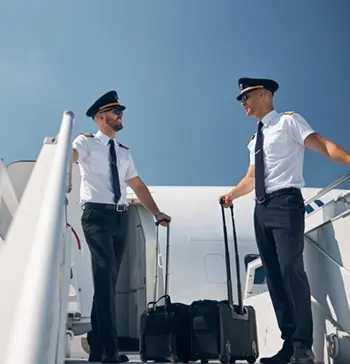
Pilot Training In Philippines For United Kingdom Students
Aspiring British Pilots Choose to Fly Abroad for Training
The decision of aspiring British pilots to pursue their training abroad is influenced by various factors that encompass cost, weather, availability of resources, regulatory environment, and the global experience gained through international training.
- Cost: Flight training in the UK is often associated with higher costs compared to other countries. The UK’s higher living costs, aircraft rental rates, and instructor fees contribute to this disparity. For many aspiring pilots, particularly those on a budget, seeking training abroad presents a more financially viable option.
- Weather: Weather conditions significantly impact flight training. Countries with more favourable weather, characterized by clear skies and minimal rain, offer consistent flying opportunities. This consistency allows students to progress through their training more efficiently, as they encounter fewer weather-related delays or cancellations.
- Availability of Resources: Some countries boast a higher concentration of flight schools, aircraft, and experienced instructors. This abundance of resources provides aspiring pilots with a broader range of training options and greater flexibility in scheduling their training activities. Additionally, access to advanced training aircraft and modern facilities enhances the learning experience.
- Regulatory Environment: The regulatory environment in certain countries may be perceived as more favourable or streamlined, facilitating quicker progression through training and licensing requirements. This streamlined process can reduce bureaucratic hurdles and enable aspiring pilots to obtain their licenses more efficiently.
- Global Experience: Training abroad offers aspiring pilots the opportunity to gain international flying experience, which is increasingly valued in the aviation industry. Exposure to diverse airspace, regulatory frameworks, and cultural contexts prepares pilots for the challenges of operating in a global aviation environment. Moreover, international training enhances employability, as airlines often seek candidates with international experience.
British Students Choose the Philippines for Pilot Training
British students opt for pilot training in the Philippines for several compelling reasons, including cost-effectiveness, favourable weather conditions, English language instruction, the growing aviation industry, and the quality of training provided by local flight schools.
- Cost-Effectiveness: Flight training in the Philippines is renowned for its affordability compared to the UK and other Western countries. British students can benefit from significant cost savings on tuition, accommodation, and living expenses, making pilot training more accessible and economically feasible.
- Favourable Weather: The Philippines boasts a tropical climate characterized by generally favourable weather conditions year-round. Clear skies and minimal inclement weather provide ample flying opportunities, allowing students to complete their training efficiently without weather-related disruptions.
- English Language Instruction: English is widely spoken in the Philippines, making it easier for British students to communicate with instructors and fellow students during training. The language barrier is minimized, facilitating effective instruction and enhancing the overall learning experience.
- Growing Aviation Industry: The Philippines has a burgeoning aviation industry with increasing demand for pilots. This growth translates into employment opportunities and career advancement prospects for British students upon completion of their training. The expanding aviation sector offers diverse career pathways, including roles in commercial airlines, charter operations, and flight instruction.
- Quality of Training: Many flight schools in the Philippines uphold high standards of training, boasting modern facilities, experienced instructors, and well-maintained aircraft. British students can expect to receive quality education and preparation for their aviation careers, with training programs tailored to international standards and regulatory requirements.
Is the Philippines Positioned to Become the Top Pilot Training Destination for British Students?
While the Philippines offers numerous advantages for pilot training, its ascent to the top destination for British students hinges on various factors, including regulatory changes, economic conditions, and competition from other countries. However, the Philippines is well-positioned to continue attracting British students due to its cost-effectiveness, favourable weather, and quality of training.
Can a British Citizen Become a Pilot in the Philippines (PH)?
Yes, British citizens are eligible to pursue pilot training in the Philippines and obtain a pilot license from the Civil Aviation Authority of the Philippines (CAAP) upon fulfilling all regulatory requirements. As long as British students meet the age, medical, language proficiency, and educational requirements set by the CAAP and respective flight schools, they can enroll in pilot training programs in the Philippines.
Want to find out more about our pilot courses?
How Much Does It Cost to Study Pilot in the Philippines for British Students?
The cost of pilot training in the Philippines for British students varies depending on several factors, including the type of license pursued, the chosen flight school, aircraft rental rates, and living expenses. Generally, obtaining a Private Pilot License (PPL) in the Philippines can range from $25,000 to $40,000 USD, while acquiring a Commercial Pilot License (CPL) may cost between $50,000 to $80,000 USD. These estimates encompass tuition fees, flight hours, examination fees, accommodation, and other associated costs.
Who Is Eligible for Pilot Training in the Philippines?
Individuals eligible for pilot training in the Philippines typically meet the following criteria:
- Minimum Age Requirement: Aspiring pilots must meet the minimum age requirement set by the Civil Aviation Authority of the Philippines (CAAP), which is usually 17 years old for a Private Pilot License (PPL) and 18 years old for a Commercial Pilot License (CPL).
- Medical Fitness: Candidates must satisfy the medical fitness requirements outlined by the CAAP. This entails undergoing a medical examination conducted by a CAAP-accredited Aviation Medical Examiner (AME) to ensure they meet the physical and mental standards for piloting aircraft.
- English Language Proficiency: Proficiency in the English language is essential for effective communication in aviation. Candidates must demonstrate adequate English language skills, as assessed through standardized tests or evaluations conducted by CAAP-approved language proficiency examiners.
- Educational Qualifications: Flight schools or the CAAP may stipulate specific educational qualifications for aspiring pilots, typically requiring a high school diploma or equivalent level of education. However, some flight schools may have additional academic prerequisites or entrance examinations to assess applicants’ aptitude for pilot training.
Is the Philippines a Good Country for Pilot Training for British Students?
Yes, the Philippines is widely regarded as a favourable destination for pilot training for British students, offering numerous advantages that contribute to its appeal:
- Cost-Effectiveness: The Philippines is known for its cost-effective pilot training programs, with tuition fees, accommodation, and living expenses often being more affordable compared to the UK and other Western countries. British students can benefit from substantial cost savings without compromising the quality of education or training standards.
- Favourable Weather Conditions: The Philippines enjoys a tropical climate characterized by generally favourable weather conditions conducive to flight training. Clear skies, minimal inclement weather, and consistent flying opportunities facilitate uninterrupted training progress, enabling students to achieve their aviation goals efficiently.
- English Language Instruction: English is widely spoken in the Philippines, serving as the primary medium of instruction in pilot training programs. British students can communicate effectively with instructors, air traffic controllers, and fellow students, eliminating language barriers and enhancing the learning experience.
- Growing Aviation Industry: The Philippines boasts a thriving aviation industry with increasing demand for pilots across various sectors, including commercial airlines, charter operations, and flight training institutions. British students can capitalize on the expanding job market and career opportunities within the aviation sector upon completing their training in the Philippines.
- Quality of Training: Many flight schools in the Philippines uphold high standards of training, employing experienced instructors, utilizing modern training facilities, and maintaining well-maintained aircraft fleets. British students can expect to receive comprehensive education and practical experience that prepares them for successful careers in aviation.
Which Country Is Cheapest for Pilot Training for British Students?
Several countries offer relatively cheaper pilot training options for British students compared to the UK. Among these options, the Philippines stands out as one of the most cost-effective destinations for pilot training due to its lower living costs, favourable exchange rates, and competitive training fees. However, other countries known for affordable pilot training include the United States, Canada, South Africa, and Australia, each offering unique advantages and considerations for aspiring pilots.
OVERSEAS PILOT LICENSE CONVERSION – Convert Philippines License into British License
The process of converting a pilot license obtained in the Philippines into a British license typically involves several steps governed by the regulatory authorities in both countries:
- Document Preparation: Applicants must gather all required documents, including their Philippines pilot license, logbook, medical certificate, and other relevant paperwork, in preparation for the conversion process.
- Verification: The relevant aviation authority in the UK, typically the Civil Aviation Authority (CAA), will verify the authenticity and validity of the applicant’s Philippines pilot license and supporting documentation. This verification process ensures compliance with UK regulatory standards.
- Theory Examination: Depending on the type of license being converted, applicants may need to pass theory exams covering UK aviation regulations, procedures, and airspace. These examinations assess the applicant’s knowledge and understanding of British aviation law and operational requirements.
- Practical Assessment: Applicants must undergo a practical assessment conducted by a CAA-approved examiner to demonstrate their flying skills and proficiency. The practical assessment evaluates the applicant’s ability to operate an aircraft safely and effectively in accordance with UK aviation standards.
- Language Proficiency Test (if applicable): If required, applicants may need to undergo a language proficiency test to demonstrate English language proficiency. This test assesses the applicant’s ability to communicate effectively in English, as aviation communication predominantly occurs in English worldwide.
- License Issuance: Upon successful completion of all requirements, the CAA will issue the applicant’s British pilot license, enabling them to legally operate aircraft within the UK airspace and under British regulatory jurisdiction.
- Cost: The cost of converting a Philippines pilot license into a British license varies depending on factors such as examination fees, practical assessment fees, administrative charges, and any additional requirements or services. Applicants should budget accordingly and inquire about the specific costs associated with the conversion process.
Overall, the conversion of a Philippines pilot license into a British license entails thorough preparation, adherence to regulatory requirements, and successful completion of examinations and assessments. By following the prescribed procedures and meeting all necessary criteria, applicants can obtain their British pilot license and pursue aviation opportunities within the UK and beyond.
Free Career Guide

Want to find out more about our pilot courses?
Download our free eBook to learn all about pilot training in the Philippines, including the qualifications needed, the training process, available courses, and career opportunities. Find out how you can take the first step toward a rewarding career in aviation.
Download Pilot Course Information Guide
Pilot Training For International Students
Comprehensive pilot training programs tailored for European students to achieve their aviation dreams.






